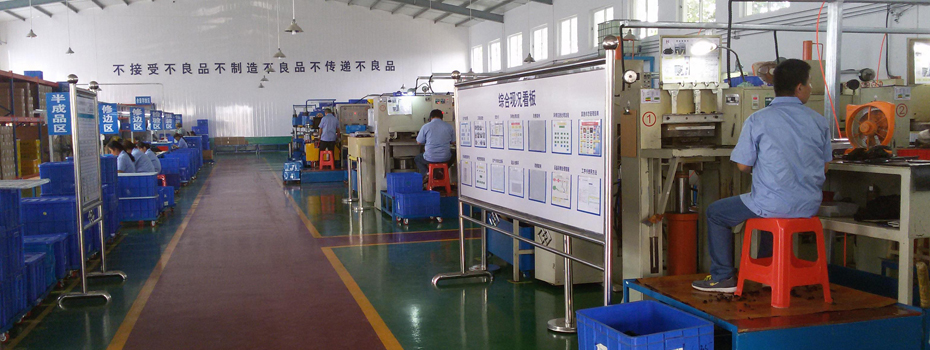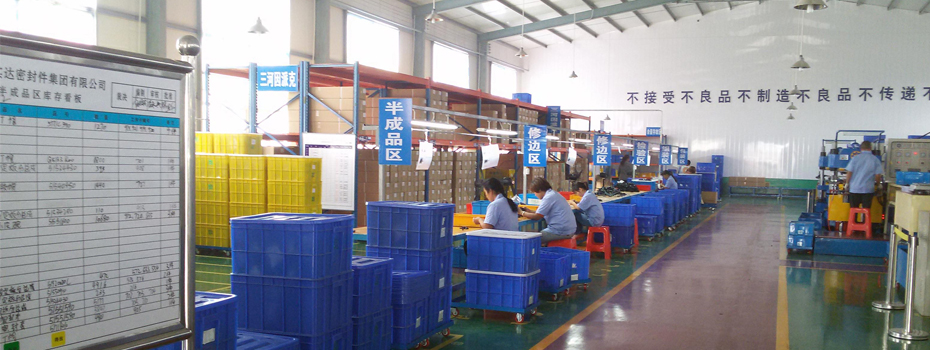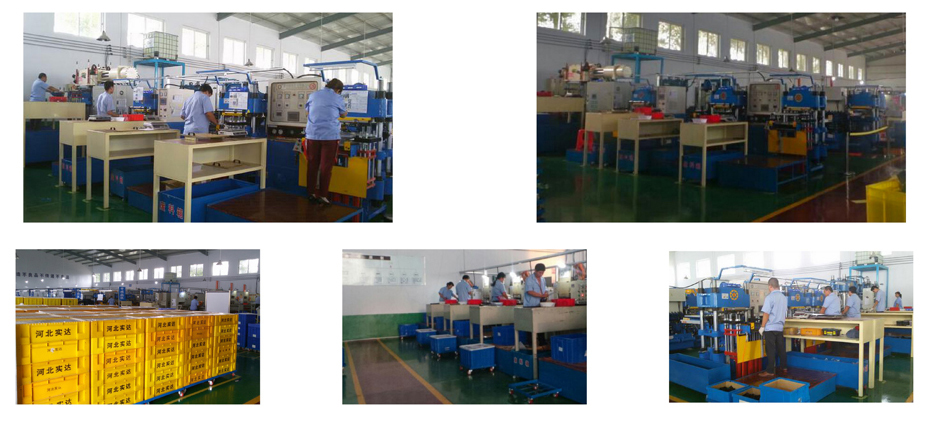
Molding rubber is our key strength. We are dedicated to supplying high performance custom molded rubber products.
Rubber molding is a key manufacturing process that turns uncured rubber into durable, versatile parts tailored to diverse applications. This technique is integral to producing components with precision, capable of forming complex shapes and designs with outstanding durability. Its efficiency in mass production minimizes waste and ensures consistent quality, making it a cost-effective option for industries. The inherent resistance of rubber to harsh conditions, including extreme temperatures and corrosion, further elevates its value in demanding applications.
Moreover, the adaptability of rubber molding allows for extensive customization in rubber compounds, meeting specific performance requirements. This aspect is crucial in sectors where precision and material resilience are paramount, such as automotive and healthcare. As a result, rubber molding stands out as an indispensable process in the production landscape, providing robust, reliable, and tailored solutions that significantly enhance product performance and longevity.
Hebei Shida Seal Group offers a complete line of molded rubber products, which meet stringent quality and technical specifications. Our rubber molding services include compression molding and injection molding. We are equipped with state-of-the-art rubber vulcanizing presses (40 sets) and rubber injection machines (20 sets) to meet the various needs of customers for in a variety of market segments. Typical applications include passenger cars, commercial vehicles, recreational vehicles, boats, machinery, air conditional units, etc.
We can mold a number of polymers including EPDM dense rubber, Nitrile rubber, neoprene rubber and silicone rubber. These molded rubber products include compression molded parts, injection molded parts and rubber-to-metal bonded products.
Molded Rubber Products:
| Rubber Grommets | Anti-vibration Grommets | Wiring Harness Grommets | Manifold Grommets | Multiple-hole Grommets |
| Brake Pedal Pads | Air Intake Hoses | Air Induction Ducts | Rubber Bellows & Boots | CV Joint Boots |
| Steering Rack Boots | Molded Seals | Panel Grommets | Rubber Plugs | Rubber Diaphragms |
| Rubber Suction Cups | Rubber Seals & Gaskets | Refrigeration Compressor Grommet | Rubber Bumpers | Rubber Stoppers |
| Rubber Bushings | Muffler Hangers | Engine & Strut Mounts | Control Cable Rubber Bellows | Shift Lever Boots |
Rubber Molding Workshop:

Rubber molding is a versatile manufacturing process that can produce a wide range of products, from simple seals and gaskets to complex automotive parts. It is a cost-effective method that offers high precision and accuracy, making it a popular choice for many industries.
Rubber Molding Capabilities:
- Compression Molding
- Injection Molding
 Compression Molding: Compression molding takes place as two plates of a mold are forced together. A slightly oversized rubber preform (raw compound) is shaped to approximately fit into the mold cavity. When the plates are squeezed together, the preform is compressed and forced to conform to the mold cavity. A molding press is used to provide the necessary force to close the mold. Excess material, or flash, that squeezes out is pushed into grooves cut into the top plate and later trimmed off. Once the curing or vulcanizing process is complete, the mold is opened and the molded product can be removed.
Compression Molding: Compression molding takes place as two plates of a mold are forced together. A slightly oversized rubber preform (raw compound) is shaped to approximately fit into the mold cavity. When the plates are squeezed together, the preform is compressed and forced to conform to the mold cavity. A molding press is used to provide the necessary force to close the mold. Excess material, or flash, that squeezes out is pushed into grooves cut into the top plate and later trimmed off. Once the curing or vulcanizing process is complete, the mold is opened and the molded product can be removed.
Injection Molding: Injection Molding Injection molding is a different, more complex process than both compression and transfer molding. The most significant difference is that the mold is not forced together, rather the mold halves begin the process clamped together. Once the mold is clamped, preheated rubber is forced into the sprue of a hot mold.Depending upon the complexity of the injection molding machine and the number of cavities, the mechanism used to inject the rubber can be a ram device or a screw-type device. As with other molding processes, once the curing process is finished, the mold can be opened and the part removed. Injection molds must be able to withstand very high pressure—as much as 10 times that of compression or transfer molds—without distorting.
